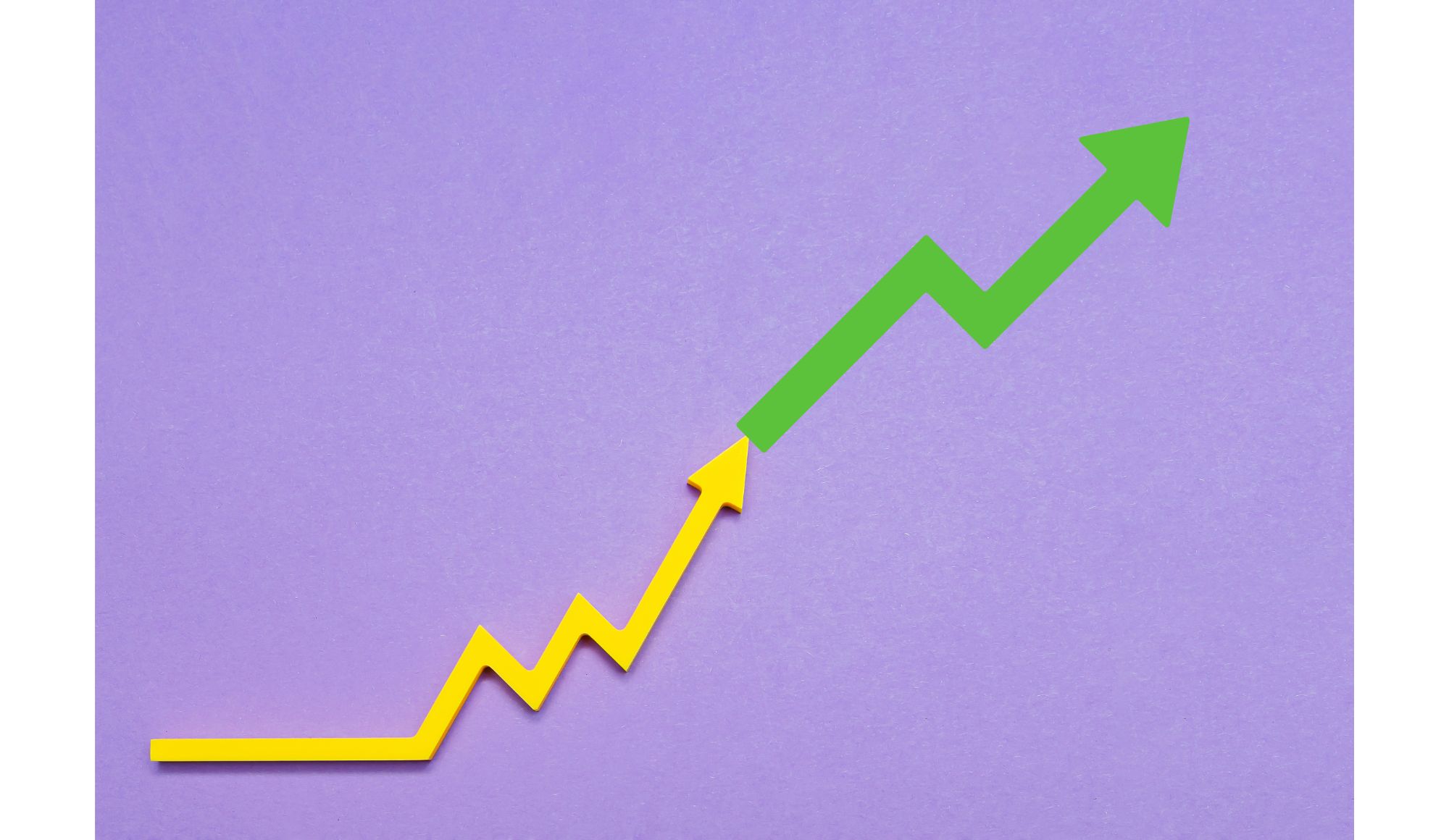If You Could Only Buy 1 High-Income Fund, What Would It Be?
Options trading is sometimes viewed as risky and that reputation is well-earned, especially when selling calls and puts naked. But when combined with stock ownership in the form of a covered call, it can be quite a conservative strategy.
Similar to the popular ETFs that track indexes like the S&P 500, a covered call ETF can be bought and sold like a stock, and its investors own shares in the fund’s holdings. The ETF manages the sale of covered calls on those shares to generate income, and they are then redistributed to the ETF’s investors on a regular basis, usually monthly.
But which ones are best?
Key Points
- These ETFs generate monthly income by selling call options, ideal for income-focused investors in flat markets.
- Covered call ETFs tend to underperform their indexes, as the strategy caps upside potential.
- JEPI offers a strong 7.52% yield with lower risk, while VOO and QQQ may be better for long-term growth.
Is XYLD A Good Covered Call ETF?
Some of the most well-known ETFs track the S&P 500 index, like VOO or SPY. The covered call equivalent to those funds is the Global X S&P 500 Covered Call ETF (NYSEARCA: XYLD).
Though XYLD contains the same stocks as those ETFs, the covered call strategy has meant that XYLD has only gained 5% this year compared to the S&P 500’s over 20% rise.
Since the S&P 500 has been on an upward trajectory over the past five years, the index is up 91.8% compared to XYLD’s 14.8% loss.
However, XYLD investors are likely not on the hunt for gains alone, they also want to generate income from the fund’s covered call sales. The ETF has made consistent monthly distributions for 11 years, according to Global X, and XYLD has an annual yield of 9.23%. The fund’s annual dividend payout is $4.10 per share.
The ETF also has an expense ratio of 0.6% which, like other ETFs, is removed from an investor’s shares over time. Choosing a covered call strategy on the S&P 500 means an investor believes the market will mostly trade even for a period of time.
Is QYLD A Solid ETF?
After S&P 500 ETFs, QQQ is another popular option for investors looking for access to big tech stocks.
Like QQQ, the Global X Nasdaq 100 Covered Call ETF (NYSEARCA: QYLD) tracks the 100 largest tech stocks by market cap.
QQQ has returned 31.5% over the past 12 months compared to QYLD’s roughly 5% gain, but the latter fund has delivered a 12% annual yield. The ETF pays out $2.16 per share annually against an expense ratio of 0.61%.
Because QYLD has fewer stocks and a heavy technology concentration, it can increase the risk for shareholders. However, if an investor feels the technology industry is headed for a plateau, QYLD could be a hedge against a tech slowdown.
Is RYLD A Promising Covered Call ETF?
Keeping with the theme of Global X ETFs, the Global X Russell 2000 Covered Call ETF (NYSEARCA: RYLD) includes the 2,000 small-cap stocks from the Russell 2000 index in its portfolio.
RYLD has underperformed the index, losing 4.7% over the past year compared to the Russell 2000’s almost 25% gain over the period.
The ETF has a 12.89% annual yield, and it currently has a P/E of 24.6. RYLD has an expense ratio of 0.61% and pays an annual dividend of $1.94.
With the heavy investment in small businesses, the Russell 2000 ETF will carry much more risk than its large-cap ETFs. Over the past five years, RYLD is down 35%, making it tough for the distributions to offset the losses.
Is DIVO A Solid Investment?
Taking a different covered call ETF approach than the Global X offerings is the Amplify CWP Enhanced Dividend Income ETF (NYSEARCA: DIVO). DIVO is focused on high-quality dividend stocks, but a major change for the ETF is that it is actively managed.
Instead of shifting with the changes of an index, DIVO’s managers are handpicking options to reward investors with income from dividends as well as call options from top holdings like Caterpillar, United HealthGroup, and Home Depot. That strategy is paying off because DIVO has gained 17.8% in the past 12 months.
The fund’s yield is 4.77%, and the ETF pays monthly distributions like its rival funds. Its annual dividend payout stands at $1.96 per share, while DIVO has an expense ratio of 0.56%.
Is JEPI A Strong Investment?
While not actively managed, the JPMorgan Equity Premium Income ETF (NYSEARCA: JEPI) also strives to buy steady stocks. The fund sells covered calls on top holdings like Trane, Progressive, and Meta.
JEPI’s play-it-safe strategy has the ETF up 10.4% in the past year, though that is still underperformed the S&P 500.
The ETF has an annual yield of 7.52% and an annual dividend of $4.70, and a comparatively lower expense ratio of 0.35%.
The fund has been successful because its objectives are more in line with covered call best practices–the strategy works best with stocks that are trading even.
What Is The Best Covered Call ETF?
The best covered call ETF is likely JEPI because it generates 8-10% annually, distributed monthly and has a low expense ratio of 0.35%. It’s also a lower risk option than pure equity exposure.
Options trading isn’t for every investor, and though covered calls may mitigate some risk, covered call ETFs have a specific audience as well. In nearly all of the ETFs, the funds performed worse than their underlying stocks or indexes, largely because the stock market has been on the rise this year.
If that changes, covered calls could be a more viable strategy. However, they will still be mostly a play for investors who are looking for income and aren’t as concerned with the rise and fall of the underlying stocks. For example, a retiree who is looking to subsidize their income would be able to realize strong monthly income from AIPI.
For long-term investors who are after gains, covered call ETFs aren’t the best alternative. Investing in Vanguard’s S&P 500 ETF (NYSEARCA: VOO) would have netted an investor an over 91% return over the past five years and an annual dividend yield of 1.24%, for a $6.55 annual dividend payout.
For most investors, VOO or QQQ will likely be better investments in the long run. However, covered call ETFs give investors much more flexibility to buy and sell, which can make them attractive alternatives when the stock market is stagnating.



